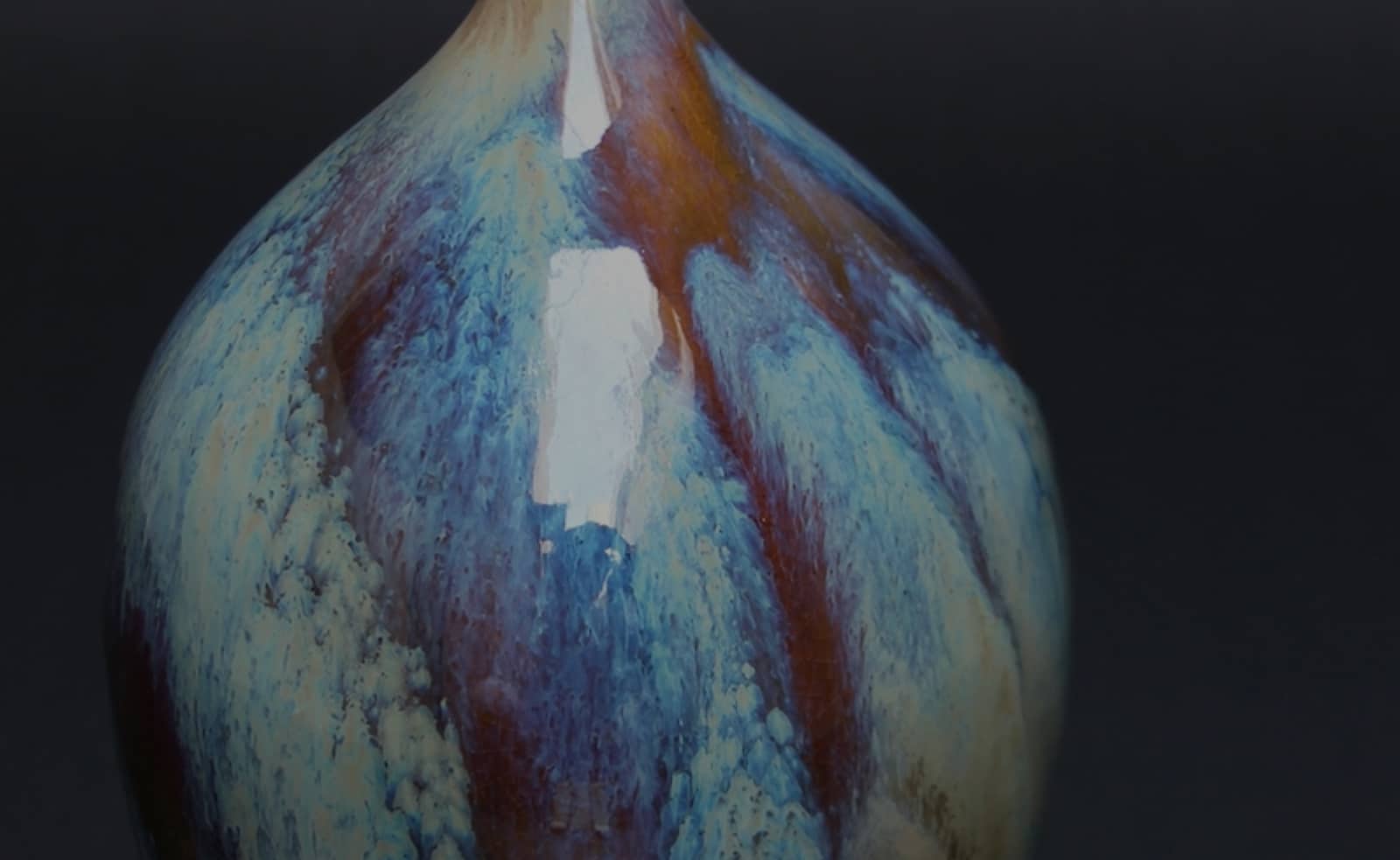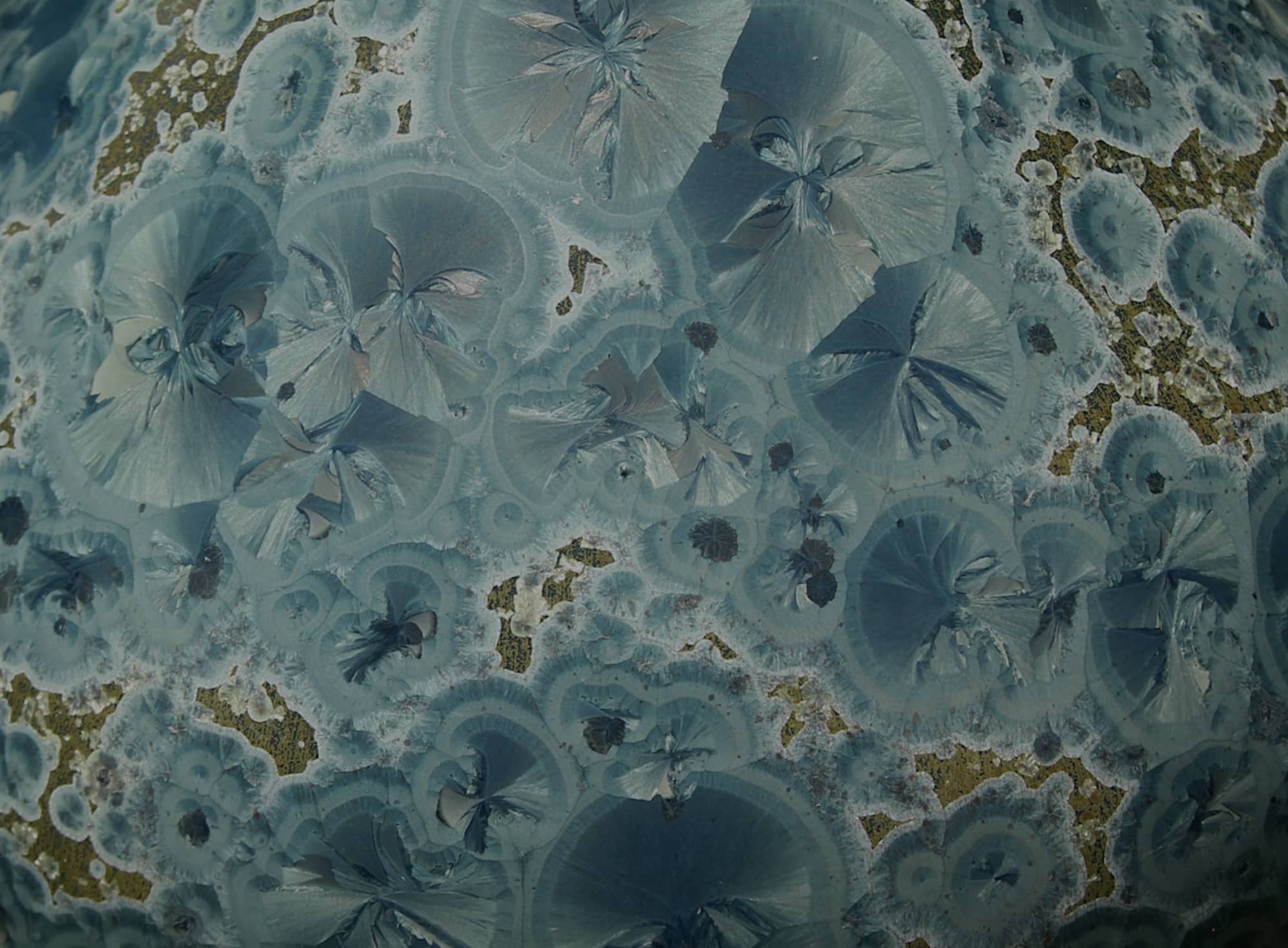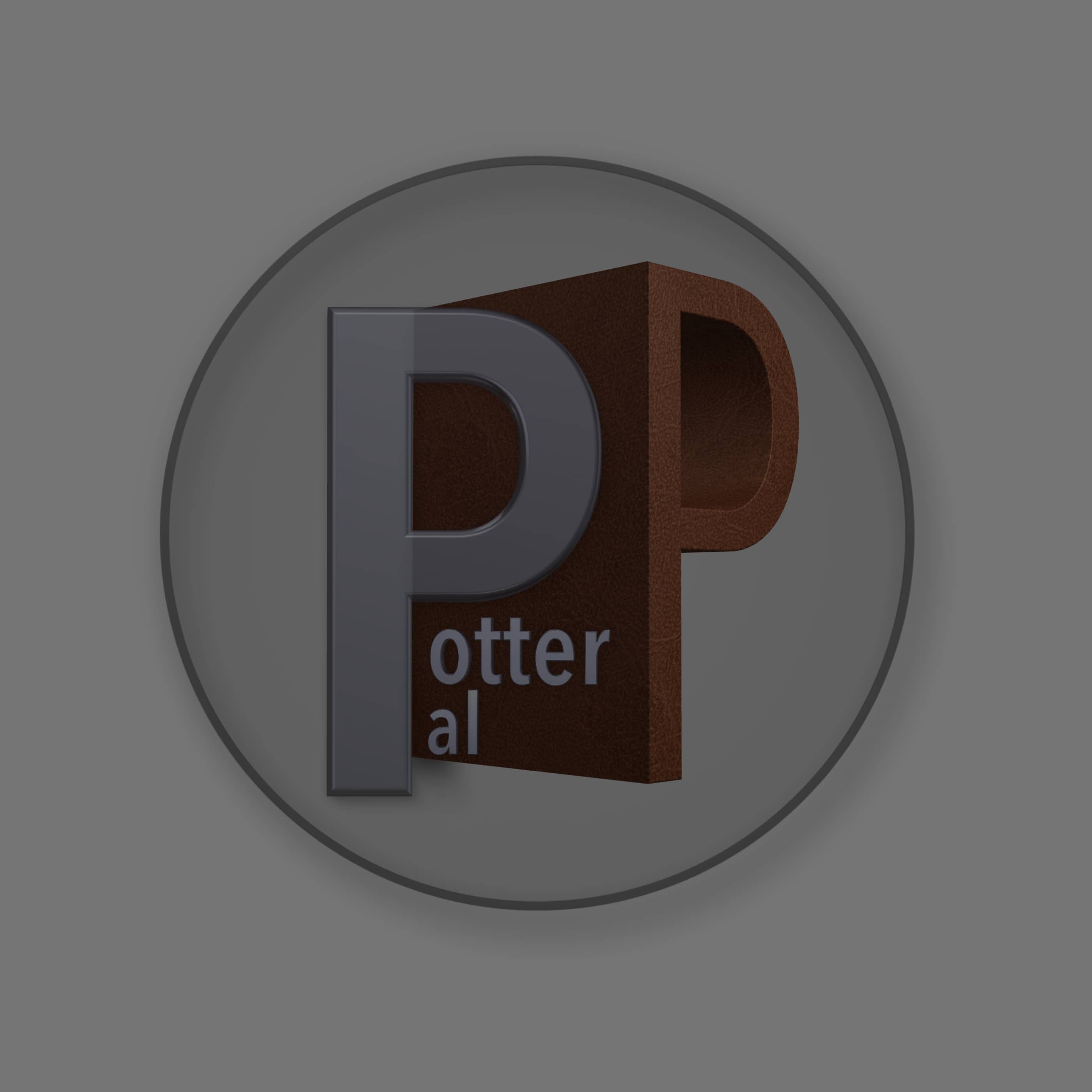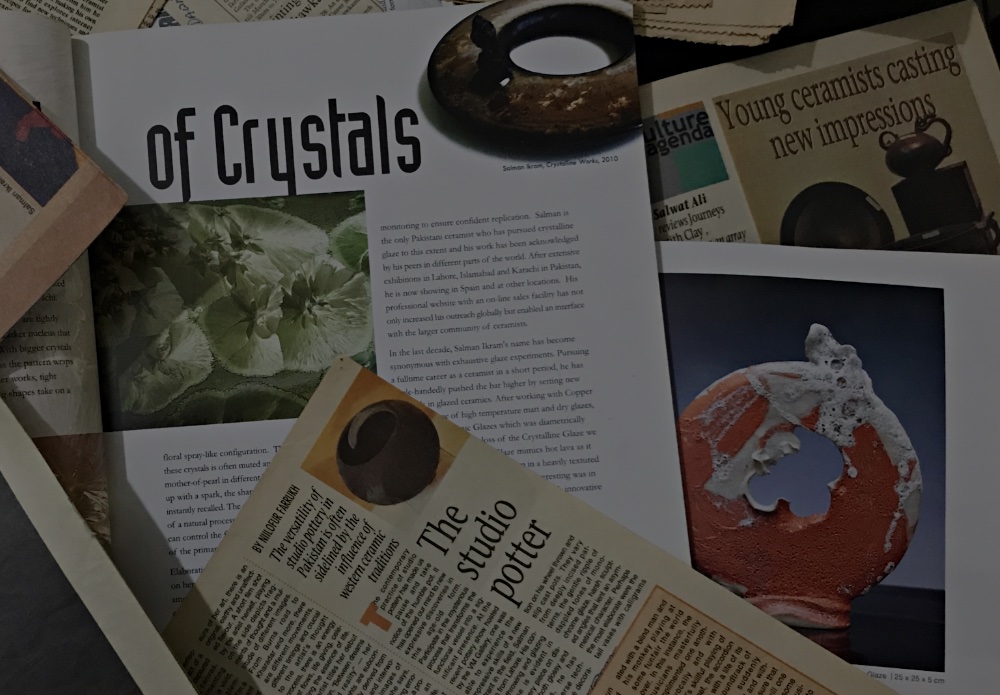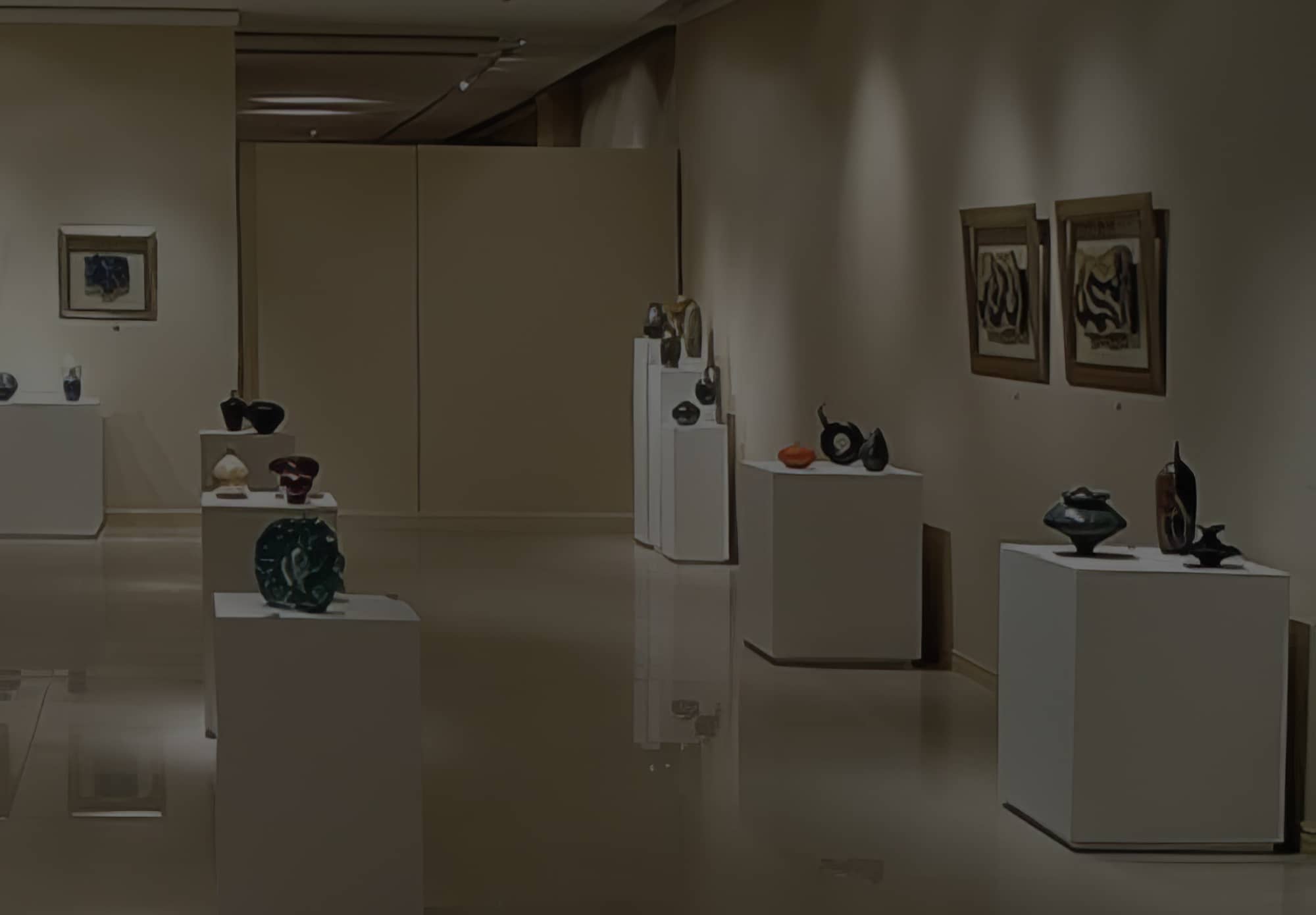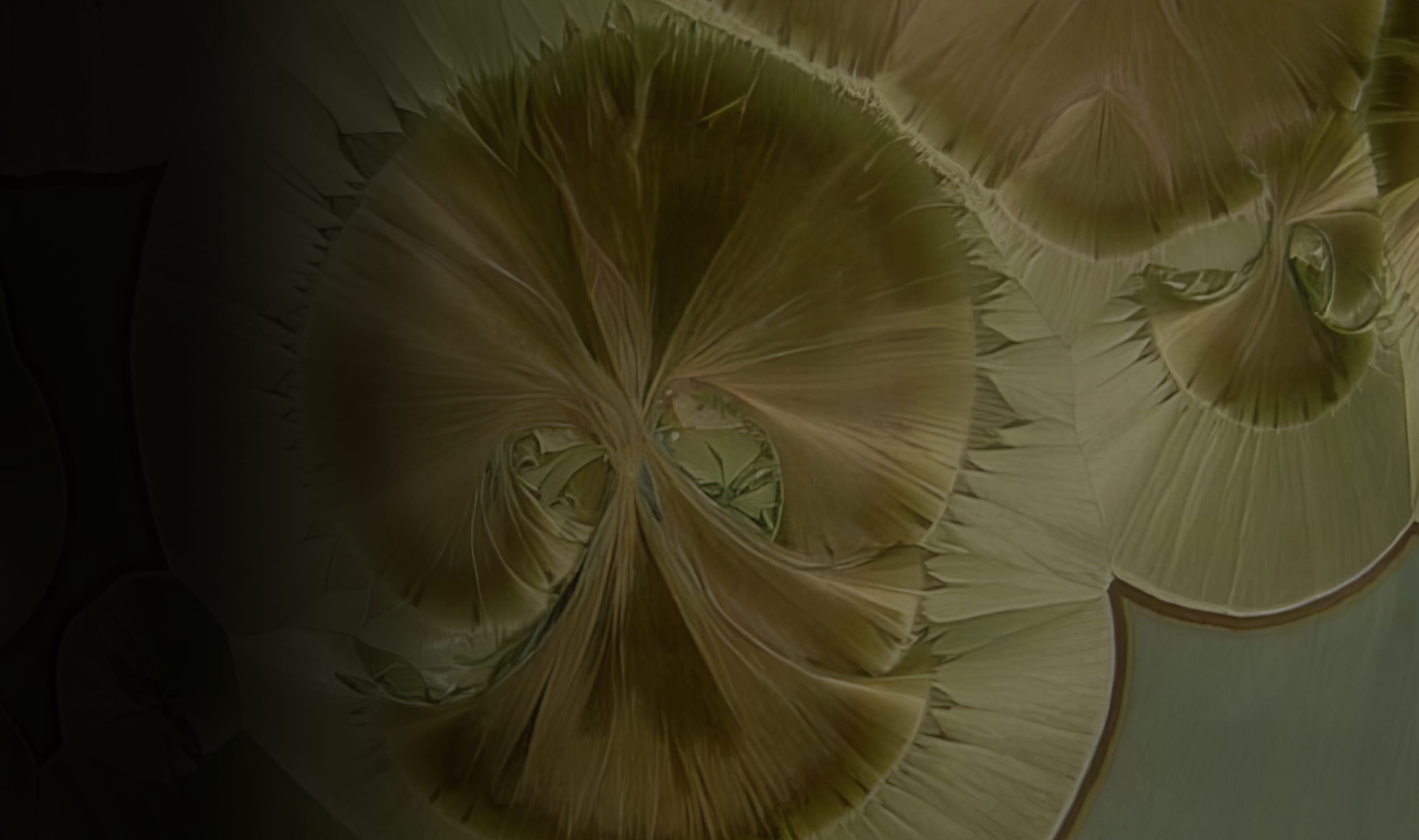 All Articles
All Articles
The Studio Potter
 by Niilofur Farrukh
by Niilofur Farrukh
A distinguished art critic, curator, and cultural advocate
Niilofur is the CEO of the Karachi Biennale and founder of Nukta Art. As President of the International Association of Art Critics Pakistan, she has played a pivotal role in shaping critical discourse on contemporary art.
Her insightful writings bring depth and perspective to the evolving landscape of South Asian art, making her article about my exhibition truly invaluable.

His confident throwing and glazing expertise is evident in almost every piece on display.
Dawn Gallery
The contemporary practice of studio pottery has made us pause and take notice of the humble pot. It has opened our mind to new expressive discoveries in this age-old form. Participate in the mysterious process that transforms the functional vessel into a significant presence.
At the recent pottery show hosted by the VM Gallery, one was able to experience the impressive skills of a new entrant in the field, Salman Ikram from Lahore. His confident throwing and glazing expertise is evident in almost every piece on display. Using both glossy and matt glazes, he has employed diverse techniques for surface decoration on his wheel thrown and slip cast pots. They vary from deeply incised patterns, the gentle ripple of dappled tones of monochrome glaze, harsh sculpted angles that lent an asymmetrical character. Perhaps the most elaborate were the tall vases with calligrams scripted in gold. Made earlier, for his graduation thesis, these works evoked a completely different sensibility. One found in the metal, glass and ceramic vessels of the islamic art tradition.
To me the most expressive work was a large platter, its concave depths textured with what the ceramic historian, Peter Dormer calls 'working gestures'. In this case, it was a heavily creased surface framed with irregular edges. The gestural quality that informed it, was strong yet spontaneous. This form had resulted from the potter intuitively playing with clay and not the controlled energy required for throwing on the wheel.
Salman Ikram, a fresh graduate of the NCA has been working on this collection for a year or so. His virtuosity probably has much to do with the guidance he receives from his father who works in the field of industrial ceramics. The next step for Salman would be to develop a creative focus that links his body of work. "I find the technical challenge of pulling a wide pot on a tall, narrow base stimulating and hope to experiment in this direction in the near future," says the young potter. It would be interesting to see the results. While the meticulously crafted pots speak of his commitment to the field, one cannot but feel that at this stage his primary influence is the widely practised studio pottery traditions of the West.
When I pointed out a hollow bodied vessel to the young potter, he said "Oh that doughnut shaped pot' and eagerly explained how he had built it. He was completely oblivious to the fact that an identical shaped pot called the vang kuza named after the local word for a bangle, is a part of the village potters repertoire in a small hamlet near Attock in north western Punjab. Having passed through the hands of many generations of master potters, the vang kuza is an exquisite piece, delicately decorated with floral patterns in black slip enhanced by an incised line. This perfectly proportioned vessel built with immaculate skill, today, has very few makers in the potter community. It is unfortunate that the pottery curricula in the country's art schools continue to lay the greatest emphasis on western techniques without an in depth study of what indigenous sources have to offer.
One of the reasons why pottery has remained undeveloped as a discipline in our country, is the studio potters' complete dependence on expensive studio equipment like wheel, kiln etc. The alternate methods rooted in the cost effective practices of the craft potter have yet to be explored. The lack of will to document the clay crafts of Pakistan and look at its possibilities may have some thing to do with the inhibition to link art with craft practices which in the mind of many, may undermine its new found place among. the higher arts'. Instead, there is a tendency to bring it closer to sculpture and machine made applied art forms. Craft rich countries like ours that stand to benefit the most from their rich legacy have had to pay a high price for this unfounded bias. Innovative experiments with countless techniques of surface, decoration, complex hand building and firing techniques can lead to a new dynamism in the field. These practices are both cost-effective and the expertise is cheap and widely available.
Most studio potters develop a mindset during their training that recognizes glazed pottery superior to non-glazed ware. This shuts their mind off experimenting with more accessible and inexpensive unglazed earthenware. Some South Asian artists however have used unglazed earthenware with great imagination. A good example is Subramanyan's
monumental terracotta mural in Lucknow and his small humorous plaques. These plaques fully explore the frayed edges of wet clay and its malleability with a sensitivity seldom seen. In Bangladesh, terracotta has emerged as a popular medium. Many contemporary potters in New Zealand are expressing themselves in the muted tones of unglazed earthenware sparingly patterned with delicate slip motifs, a tradition found in abundance in the villages of Thar.
As art becomes a marketable commodity and the hierarchy of material determines its value, it puts pressure on the artist to select certain kinds of material and techniques. In the end, the choice lies with our studio potter in the way he wants to express his creativity. Whether to walk in the shadow of others by working within the safe confines of an established idiom and market dictates or forge brave new contemporary links with the living tradition that still exists all over Pakistan.
Dawn Gallery,28 February 2004 issue, pp. 6-7
Next Article
Painterly Paintings & Pots
Painterly Paintings & Pots

- +92 3368499994
- info[at]salmanikram.com
- Home
- Newsletter
- Links
- Contact
- Terms and Conditions of Use
- © Salman ikram




